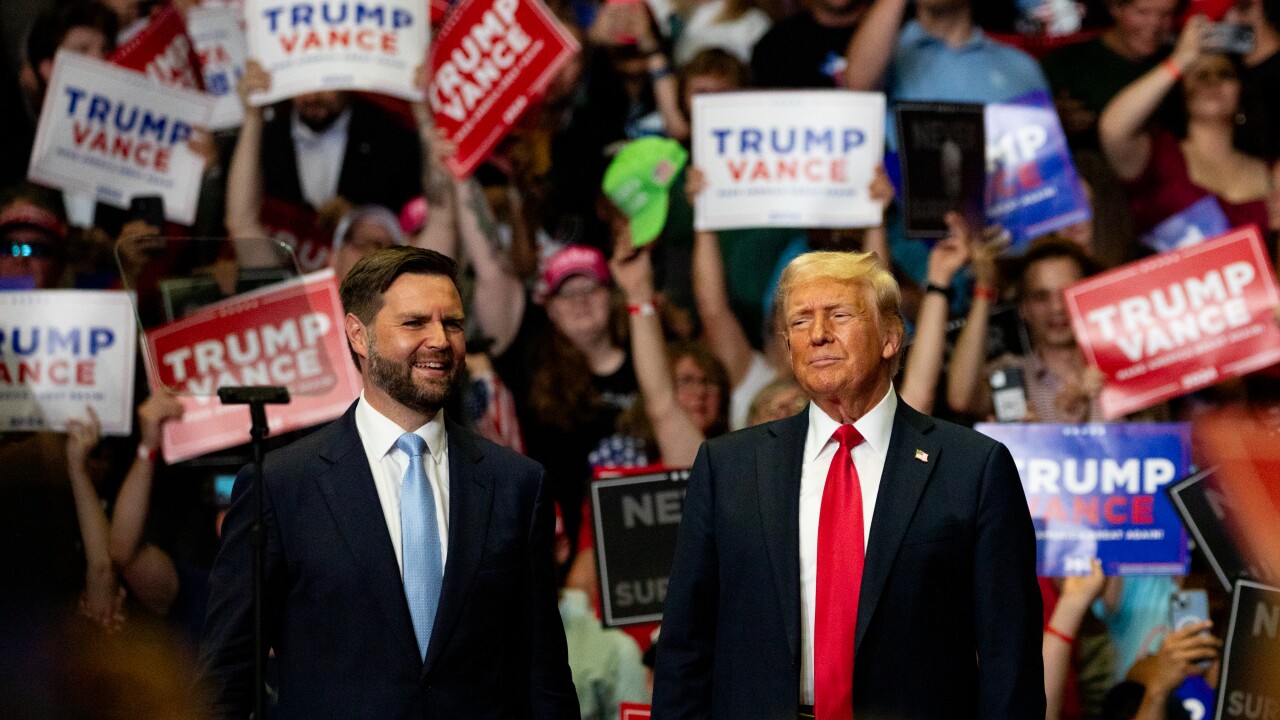-
Treasury yields fell sharply and the dollar weakened as investors pared bets on Republican Donald Trump prevailing in Tuesday's U.S. election.
November 4 -
Wall Street are paring back bets on aggressive policy easing as the U.S. economy remains robust and Fed officials have sounded a cautious tone over the pace of future rate decreases.
October 22 -
Treasuries rallied the most in two weeks as tumbling oil prices eased concerns about an uptick in inflation.
October 15 -
After persisting for as long as two years in the U.S., the so-called inversion in yield curves — an unusual situation where rates on short-term debt exceed those of their longer-term counterparts — is unwinding in many parts of the world.
September 24 -
Wall Street strategists are recommending taking advantage of declines in market-based gauges of future inflation to build up protection on the cheap.
August 19 -
As Treasuries advance for a third-straight month, investors are fully pricing in at least two quarter-point rate reductions this year, slightly more than what policymakers have telegraphed.
July 29 -
Both Vanguard Group Inc. and Fidelity International have said a Republican sweep in November would pose the greatest risk to bonds by expanding Trump's ability to implement his agenda, some of which is also expected to contribute to higher inflation.
July 21 -
Investors are set to start the week scrambling to decide if President Joe Biden's decision to end his reelection campaign and endorse Vice President Kamala Harris increases or decreases Donald Trump's chances of regaining power.
July 21 -
The resilience of the equity market has been underpinned by optimism the economy has withstood the worst of Fed tightening.
July 16 -
Potentially limiting the Federal Reserve's ability to cut rates is the growing view that the economy's so-called neutral rate — a theoretical level of borrowing costs that neither stimulates nor slows growth — is much higher than policymakers are currently projecting.
June 24









